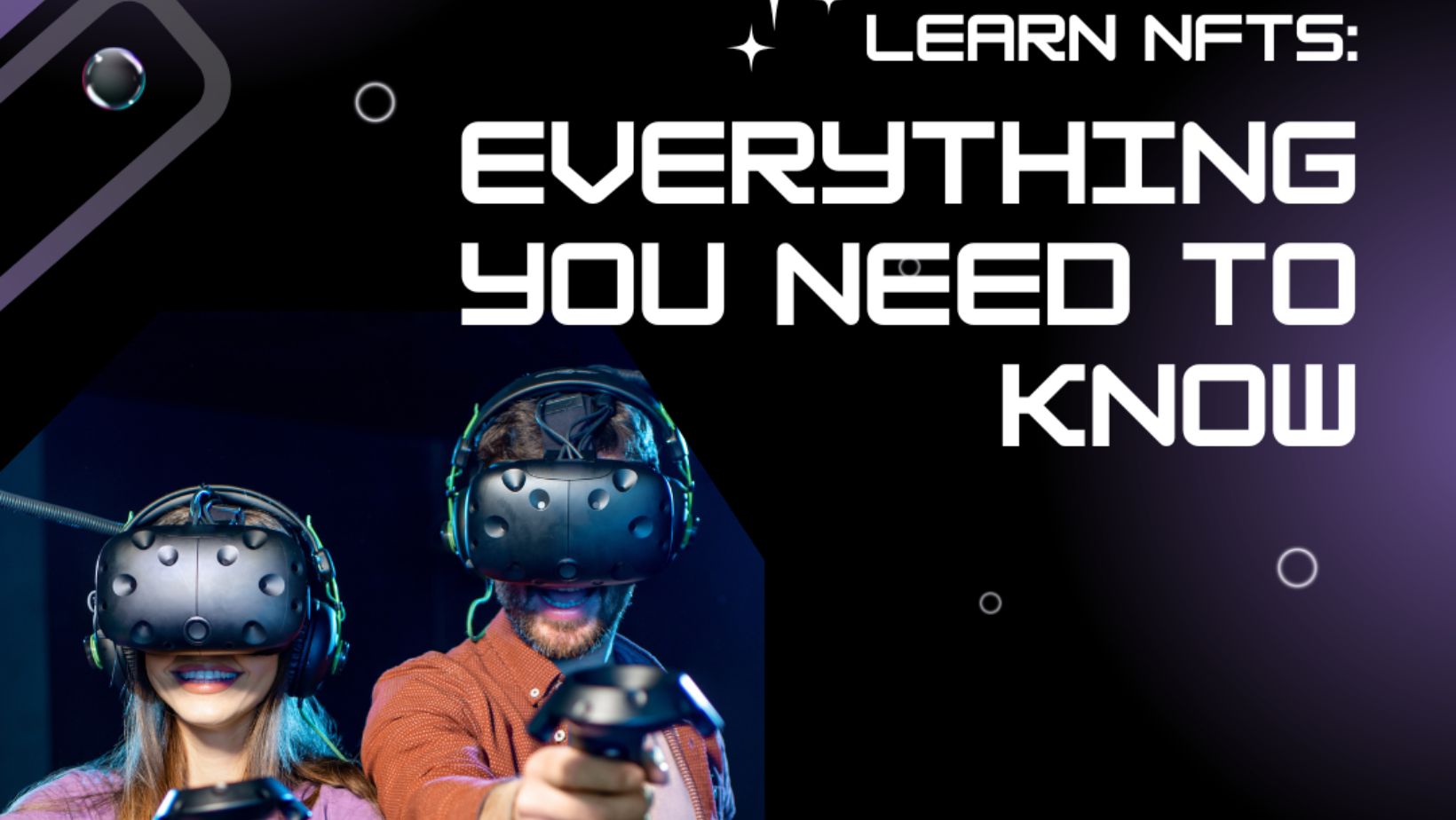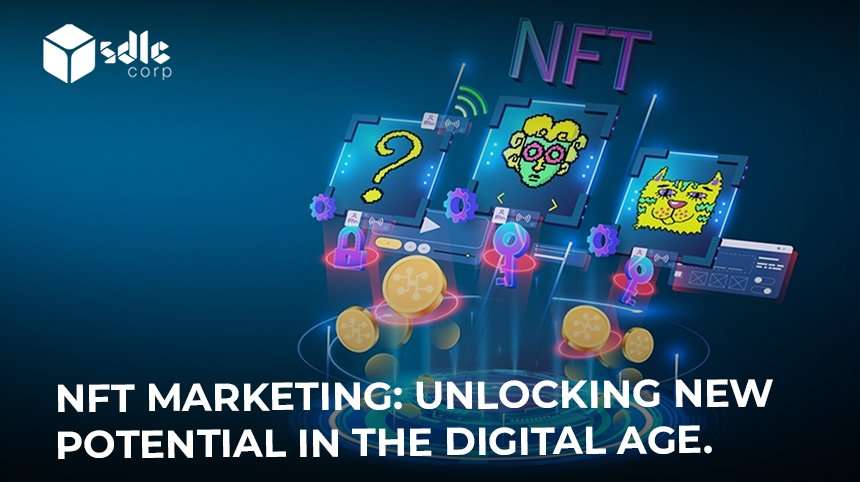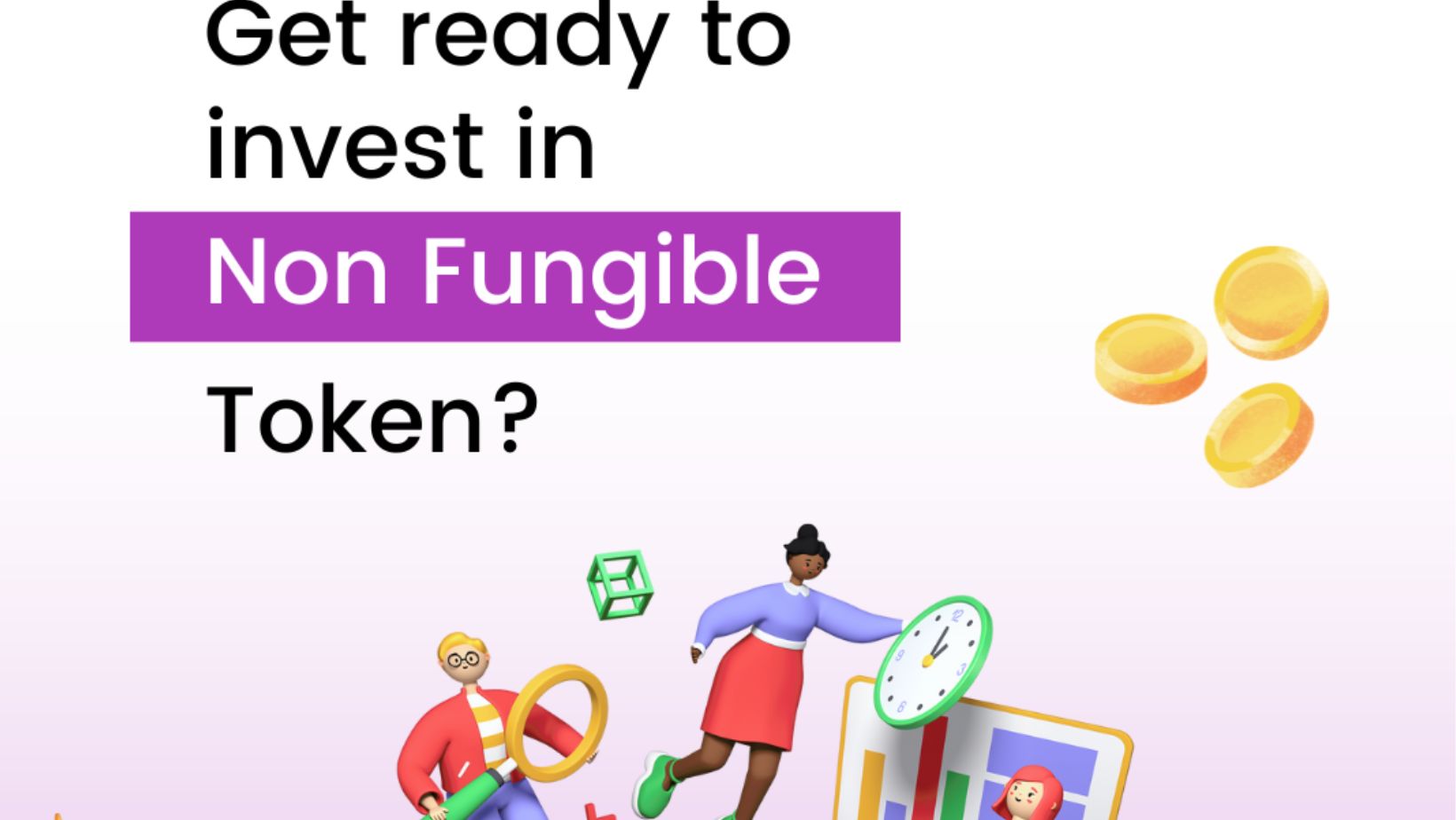Get Ready To Invest In NON FUNGIBLE TOKEN?
Introduction
The world of digital assets has taken a revolutionary turn with the advent of Non-Fungible Tokens (NFTs). These unique digital items, ranging from digital art and music to virtual real estate, have created a new paradigm in asset ownership and investment. Unlike traditional cryptocurrencies such as Bitcoin or Ethereum, NFTs represent ownership of a one-of-a-kind asset on the blockchain, ensuring authenticity and rarity. With high-profile sales and growing interest from celebrities and brands, investing in NFTs has captured the imagination of many. As the demand for NFT Development grows, more individuals are considering this asset class for its potential rewards. But what exactly are NFTs, and how can you get started in this promising investment space? In this blog, we will explore the essentials of NFT investment, from understanding what makes them valuable to knowing the risks and rewards associated with the market.

NFT in the Pharmaceutical Industry: If you haven’t heard about non-fungible tokens (NFTs), a new type of technology that uses blockchain to facilitate the sale of digital items such as artwork, photos, and videos with any inherent value, you should get familiar with them.
NFTs have the potential to fetch prices in the millions of dollars; for example, crypto-punk was purchased for a staggering 11.8 million dollars.
Right now, non-fiat currencies (NFTs) are at a crossroads between hope and hype. The validity of it all, and examine how we can apply for it. It is still in the very early stages at this point, and the biggest hype right now is in the artwork.
However, before we go into depth on understanding NFTs, we’ve got to understand what they’re built on, which is blockchain. So blockchain technology, in its broadest sense, is a digital ledger.
Just like a financial ledger, where transactions are recorded in a different line on a big document, in blockchain data points are recorded in discrete blocks. Each block has a hash number, which is like its fingerprint, and it also records the hash number of the block that goes before it.
So in this way, all the blocks are connected as a chain, which is why it’s called the blockchain. The data contained in each of these blocks can be whatever you want, so in bitcoin, it’s usually who’s sending the bitcoin that’s receiving the bitcoin and the amount of currency being transferred.
NFTs are similar to bitcoins in that they use blockchain technology to record ownership data, but the only difference is that NFTs can’t be traded with one another.
So if you imagine a one-dollar coin, it can be traded for another one-dollar coin because they’re essentially equivalent. However, something like a non-fungible or unique artwork can’t be traded with another artwork because it doesn’t have inherent value. This is why NFTs are used to represent artwork these days. Also, metaverse is the next generation of the internet and today everyone wants to know NFT Related to Metaverse.
So the block on an NFT record contains things like the original creator and the current owner, so every time that NFT is transferred to a new owner, it gets added on as a new block, and so you have this whole permanent record of who’s owned it over time.
Benefits of the NFT Health Record

1. Secure Health Records from Hackers
Artwork is just the early mystification of NFTs, but there is still a lot to benefit from in their application in healthcare.
It is secure from hackers. The interesting thing about blockchain technology () is that it’s decentralized.
Meaning it’s not stored on a single computer, but instead is shared across a network of computers across the world, so every time the data is altered, it needs to match across all those computers in the network for it to change.
If a hacker altered the blockchain on just their computer, it wouldn’t match the other computers on the network, so that change would be rejected by the network.
Instead, the hacker would need to alter the blockchain on over 50 of the computers in that network for that change to become feasible, which would require way too much computing power and money for it to be feasible.
So what this means is that health records based on NFT technology are super safe from unauthorized tampering.
2. Make Healthcare Safer
There are plenty of times when you’ve asked patients what medical conditions they have and they tell us they have none. So it’s only when their medications tell us that they take three heart failure medications that we understand that they take four diabetic medications and three more.
They forget, or imagine having a traumatic patient comes into the emergency department unconscious; you don’t know what medications they’re on, you don’t know what medication they are allergic to.
So what do you do? You pick up the phone and spend about half an hour trying to get in contact with a family member to get all this information.
Imagine now having an NFT as a medical record where you can access the patient’s medical information anywhere in the world.
This would also mean that the medical record is always up-to-date, which will reduce the medical errors that are made in the hospital.
3. Improves Continuity of Care
Imagine you went to the hospital for a chest infection, got some antibiotics, and were discharged a few days later, but then your primary care provider in the community didn’t know about the new diagnosis and didn’t know when to follow you up because of a lack of communication with the hospital.
Another example is in the clinic, where, for example, in cancer surveillance, often we get the tumor markers done, there’s medical imaging, and they’ve also been looked after and followed up by the GP.
Now, all three of these things are almost always done in three different places, and we require three different types of DNA. The whole process is quite inefficient, and things can often be missed.
So an NFT health record would close the communication loop between all the different health providers and improve continuity of care.
4. Restore Gives Ownership to the Patient
NFT health records restore ownership of health data back to the patient. Nowadays, health information is fragmented among many different entities, so a hospital might own some of the information.
The primary care provider might own some of the information, and even your Fitbit might own some of your information, but you have very limited access to that information and little control over how it’s used. An NFT health record restores ownership to the patient.
So you could click on a button on your phone and control the access.
5. Public Health and Research
If you want to test the benefits of the medication for COVID-19, we need access to all the people’s health records across India, for example, and to get that at the moment would be quite difficult considering that medical records are owned in different states and owned by different government entities.
With NFT health records, we can request data from millions of patients relatively easily and transfer that data securely. The patient would have to consent to the release of their data, but you can imagine how this would make the research more impactful and effective.
Other Applications
There are more exciting applications of NFTs; for example, we can track blood donations with an NFT. We can see exactly where it comes from and where it goes, and we can make sure that it’s the right blood type to minimize transfusion reactions.
Secondly, health professionals can carry around their credentials in an NFT, like their medical registration and where they got their qualifications from. This way, patients can verify they’re speaking to a qualified doctor.
Another interesting application is in relation to the logistics and supply chain of pharmaceutical companies. Now that medication is made by the manufacturer and then needs to be transported via shipping to where it needs to go, such as the hospital or the community pharmacy, if the medication is assigned as an NFT, it can be tracked from the supplier to the end consumer, which has been the patient. This can stop fake medicines from getting out into the community and make healthcare safer for everyone.
So that’s an overview of how NFTs can revolutionize health care; unfortunately, there’s a long way to go before they receive widespread attention and acceptance, but what we can see so far is really promising.

Conclusion
Investing in NFTs offers a unique opportunity to be part of a rapidly evolving digital economy. Whether you’re interested in digital art, gaming, or even virtual land, NFTs open up a new world of possibilities for asset ownership. However, as with any investment, it is crucial to approach NFT investment with caution, thorough research, and a clear understanding of the risks involved. As the technology behind NFT Development and blockchain continues to expand, now could be an opportune time to get acquainted with this fascinating asset class. Be prepared to navigate the highs and lows, and always invest with a strategy in mind.
Explore our other insights!

NFT Marketing: Unlocking New Potential in the Digital Age
NFT Marketing : Unlocking new potential in the digital age. NFT Marketing Potential: The digital age has brought

How to Burn an NFT? : Say Goodbye to Your Digital Treasure
How to burn an NFT say goodbye to your Digital Treasure “Welcome to our guide on how to

What is the NFT for Digital Rights Management?
What is the NFT for Digital Rights Management A non-Fungible Token, commonly referred to as NFT, is a















